Museum Exhibit Explores Missing Link
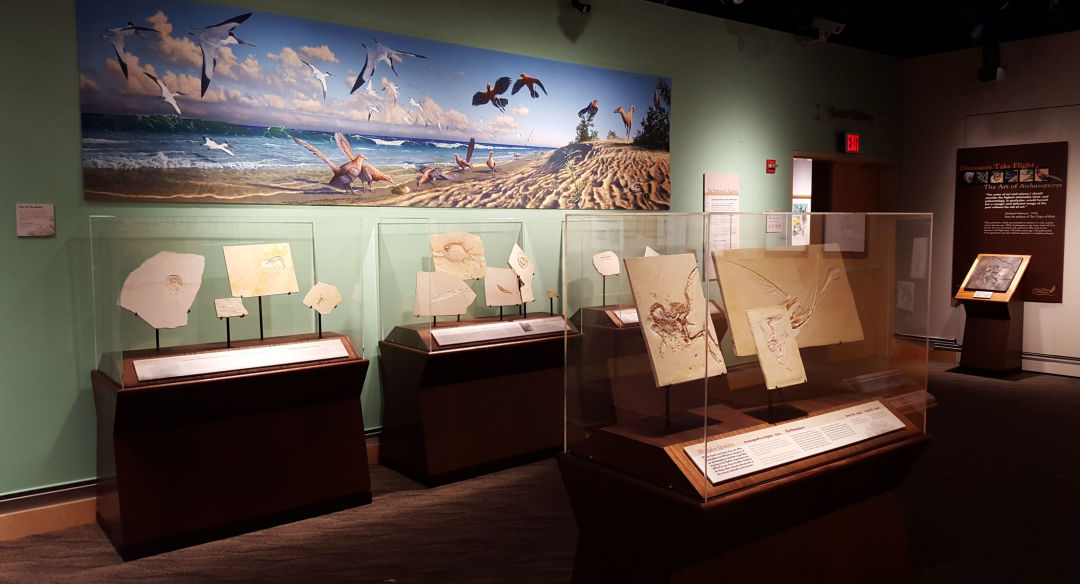
Do you imagine spine-chilling roars and picture huge, scaly, reptile-like creatures stomping across the land when you imagine the prehistoric world? Does the idea that dinosaurs may have actually cooed and been covered in feathers ignite your curiosity? Does the notion that modern birds descended from the fearsome T. rex and other theropods leave you baffled?
A new exhibition at the High Desert Museum — Dinosaurs Take Flight: The Art of Archaeopteryx — merges science and art to explore the bridge between dinosaurs and birds and the evolution of flight. With its blend of avian and reptilian features, Archaeopteryx is viewed by many paleontologists as fossil evidence that birds evolved from dinosaurs.
The exhibition features more than 50 pieces of original artworks, murals and sculptures by six acclaimed paleo-artists from around the world. Acting as visionaries for scientists, paleo-artists create works of art that inspire the scientific imagination of young and old alike.
Through video interviews and hands-on activities, along with a collection of real fossils, Dinosaurs Take Flight offers a window into the curious nature of studying something that lived 150 million years ago, bringing an extinct creature to life with art and science.
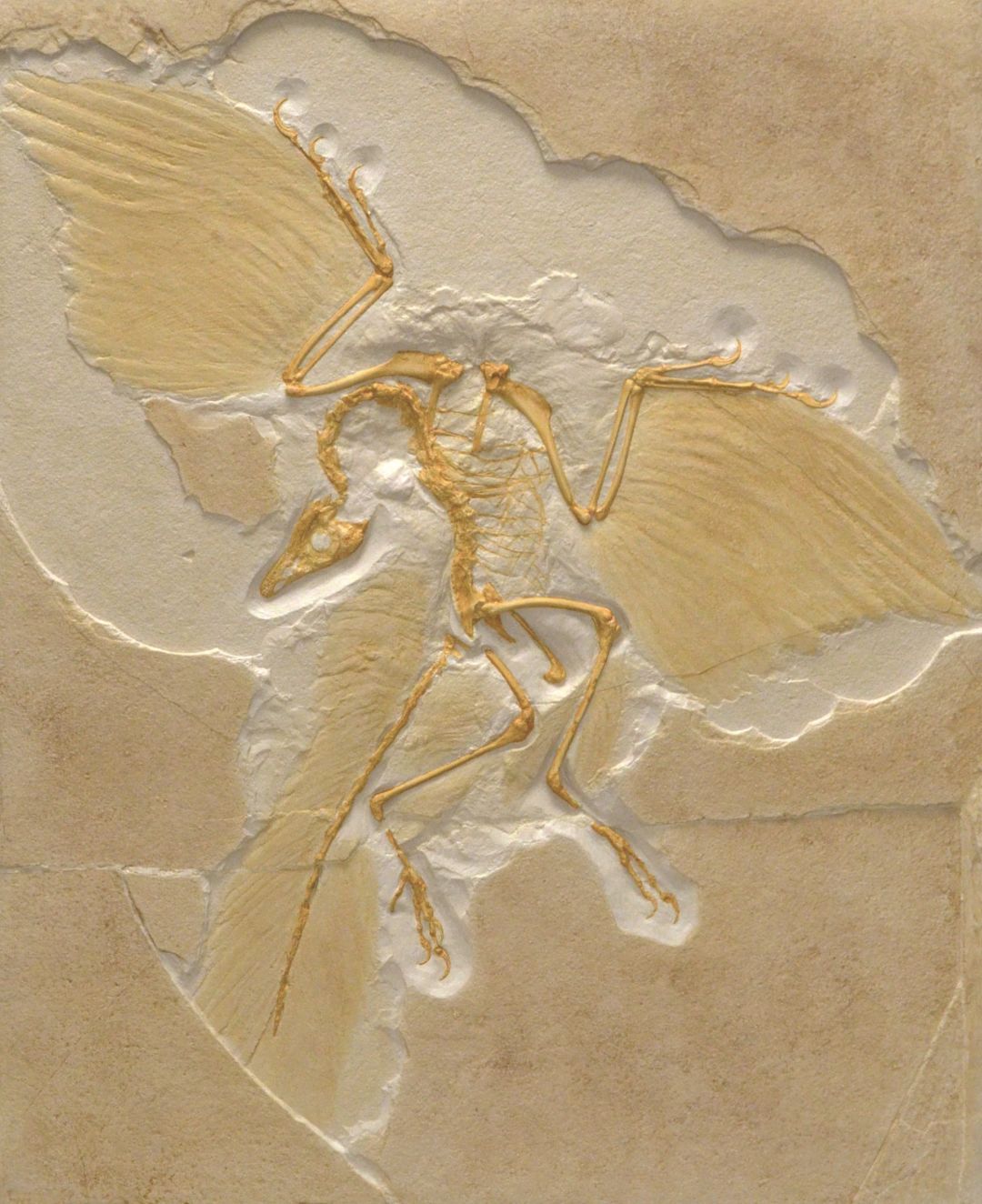
Since the first Archaeopteryx fossils were discovered in 1861 in Germany, scientists from around the world have worked to better understand what came to be known as the “missing link.”
While it had many features similar to birds, such as lightweight bones and feathers along its arms, the differences were striking. Archaeopteryx possessed teeth, clawed fingers and a long, bony tail.
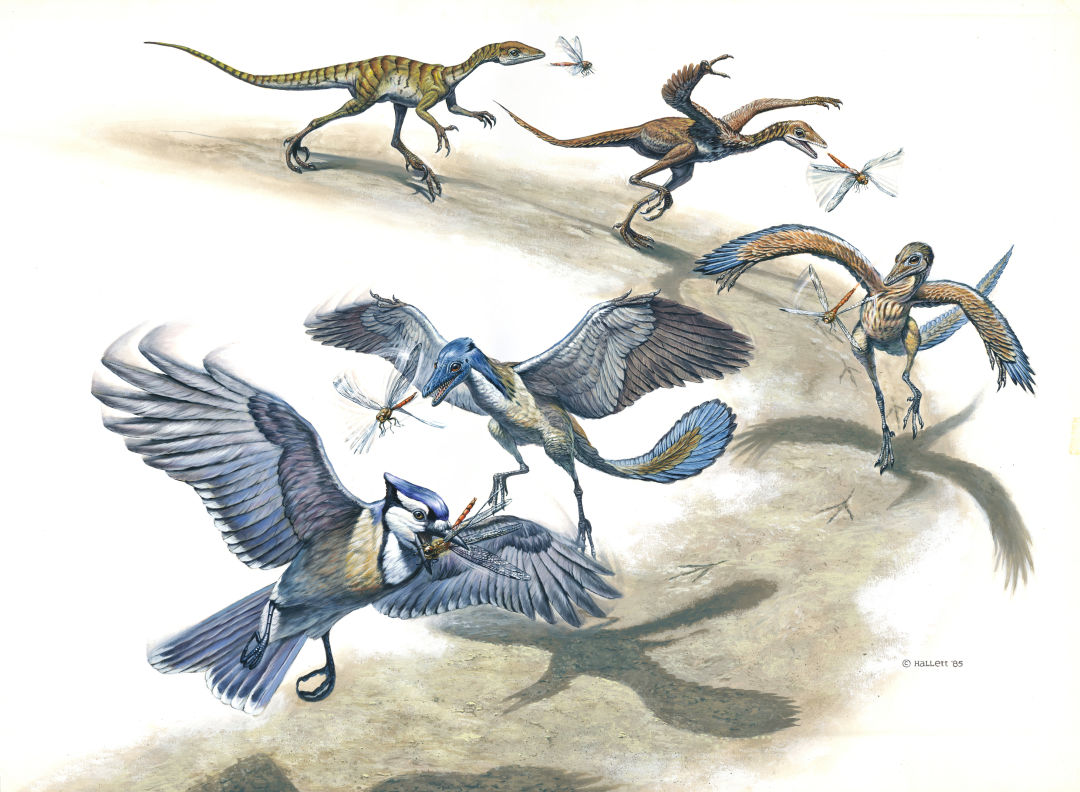
When it comes to research-based science, Archaeopteryx offers an infinitely important piece of the evolutionary puzzle as scientific evidence leads to journeys of discovery that take unfathomable twists and turns.
Dr. Julia Clarke, professor and Wilson Centennial Fellow in Vertebrate Paleontology at The University of Texas at Austin, will explore the fuzzy and feathered finds of fossil discoveries in her presentation of “The Origin and Evolution of Feathers and Flight” at the Museum on November 2. Looking at recent research, Clarke will investigate the purpose of feathers before flight, and present discoveries that have enabled scientists and paleo-artists to recreate these ancient animals.
Adventurous young scientists and artists have the opportunity to create their very own dinosaur-inspired masterpieces during “A Night at the High Desert Museum.” As the Museum doors close and the lights dim on November 3, participants in this family-friendly sleepover will find themselves immersed in a prehistoric world, where they can meet living dinosaurs and find out what T. rex tasted like.
For those young artists who want to focus on interpreting science through art, “How Dinosaurs Came to Fly: Drawing on the Clues” will put the pencils in their hands. As they don their detective hats, kids attending the Museum’s workshop on November 18 will learn how to use clues from fossils to create their own unique artistic renderings.
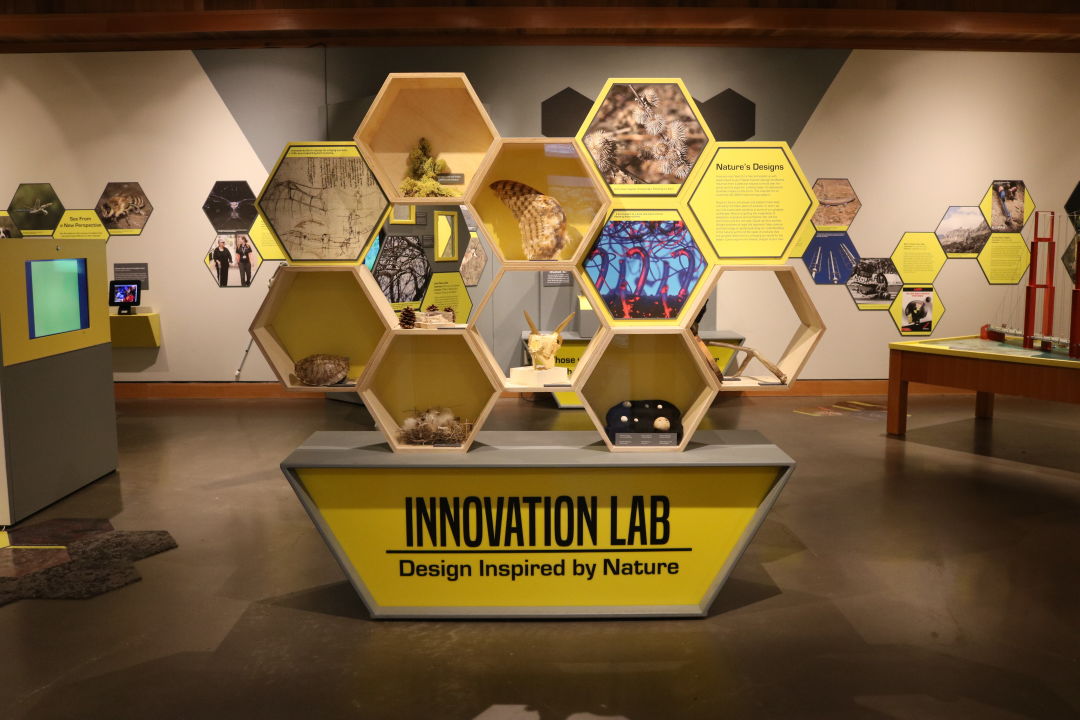
Scientific exploration of dinosaurs, feathers and, finally, flight, reveals interesting discoveries about the past, yet it can also offer insight into modern and future design. Recognizing how nature adapts to overcome challenges and problems — such as how throughout time feathers evolved to enable flight — has led scientists and engineers to practice biomimicry. As the practice of looking to and emulating nature for solutions to human problems, biomimicry is everywhere in modern technology.
From wind turbine blades mimicking the ridges on the back of the Stegosaurus to suspension bridges modeled after spider web designs, the possibilities are endless. The recently opened Innovation Lab: Design Inspired by Nature offers High Desert Museum visitors a chance to explore real-world examples of biomimicry in an interactive, hands-on exhibit.
Hands-on experiences are abundant during a trip to the Museum, where visitors can discover the natural world and cultural history of the West’s High Desert. A day at the Museum includes close encounters with birds of prey and intimate views of native wildlife such as river otters and porcupine in their natural habitat. The Museum is a place to learn about Native American culture, and to watch as history comes alive through historic characters sharing tales of early Oregon explorers and settlers.
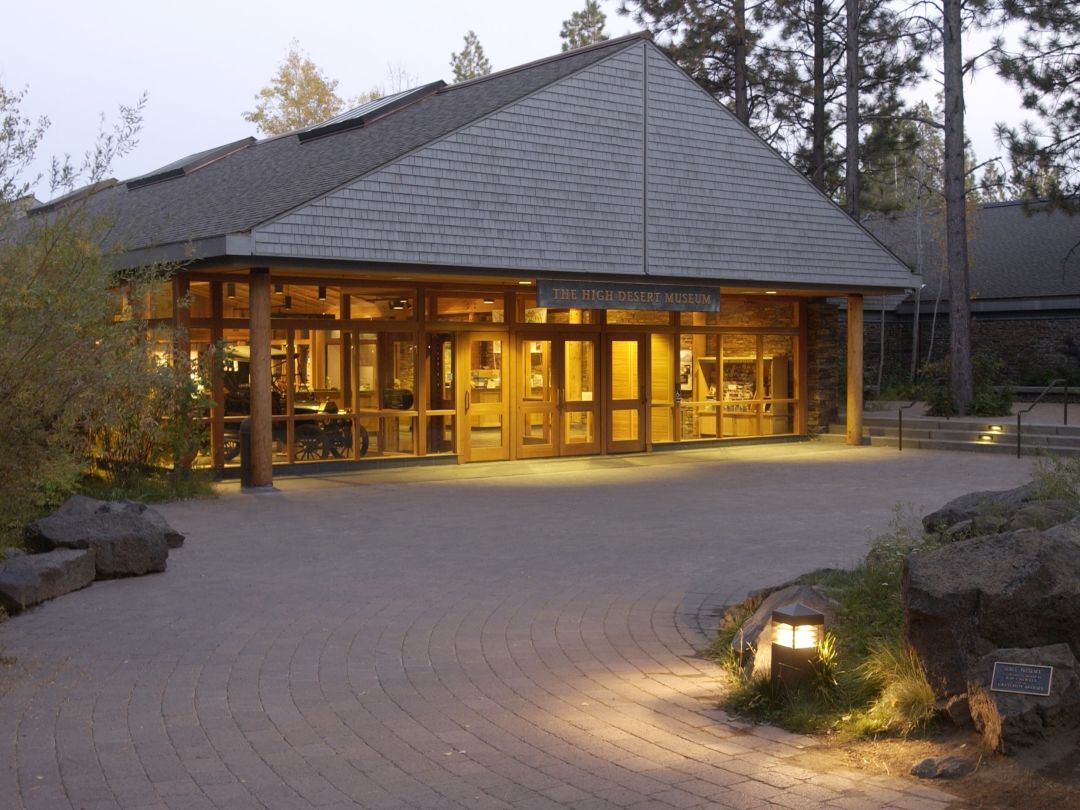
Special programming is often scheduled to enhance the Museum’s changing exhibits, while workshops and daily programs add to the experience within many of the permanent exhibits. Children delight in the many fun, hands-on exhibits, programs and activities that bring history, science and art to life.
For more information on any of our exhibits and programs, or to register for an event, visit our website at highdesertmuseum.org or call 541-382- 4754 ext. 241.
